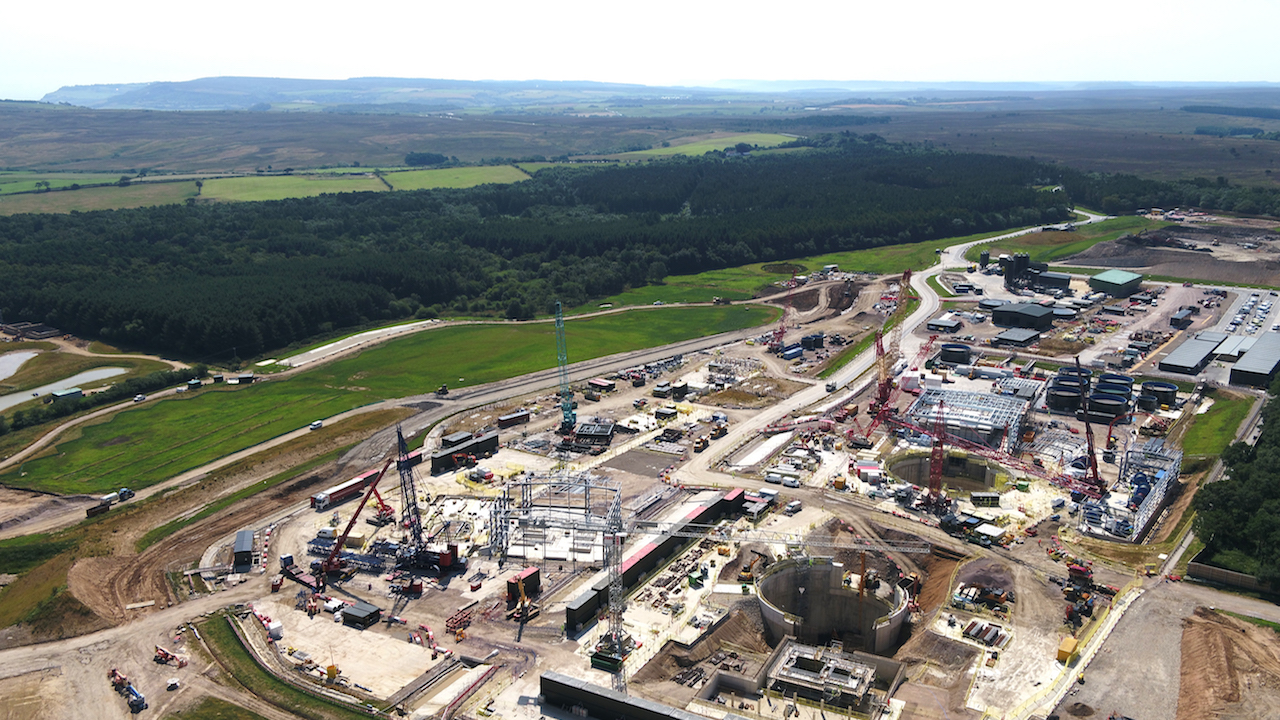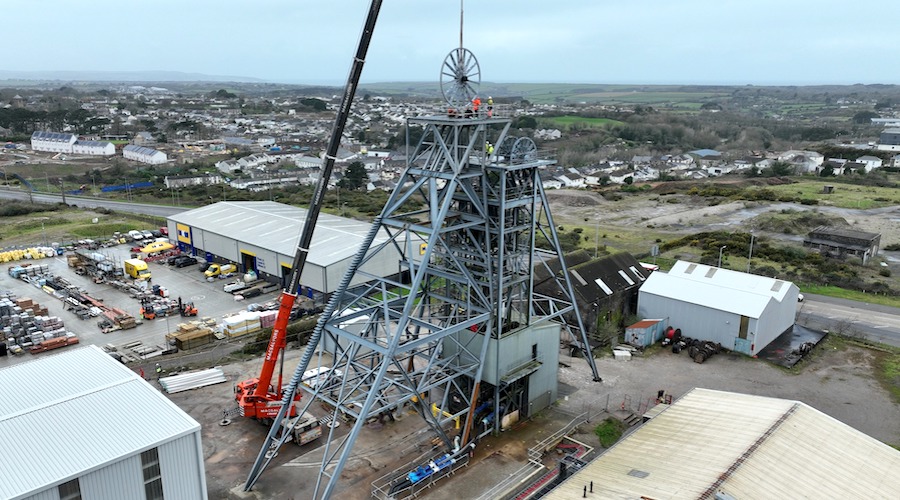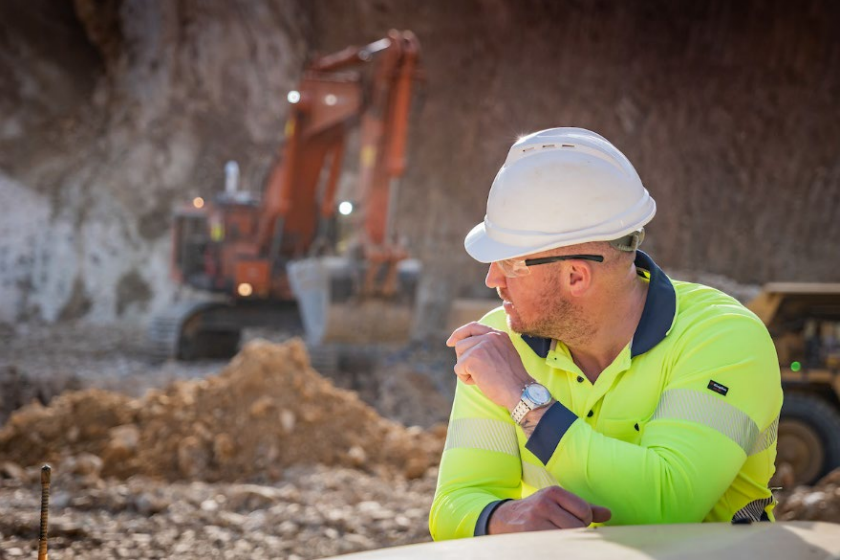It's a bit of a challenge to speak on where the mining industry will be over the next 20 years, because most such projections in the past have turned out to be way off base. However, I do have the advantage of being at a certain age, such that if I am wrong I may not be around to have to defend it, and if I am I probably won't care.
If the present is good, and prices and profits are high, then our investors press us to expand. Conversely, when prices are low and profits disappear, we are urged to pull in our horns and cut costs. It is not easy in either case to be contrarian.
But what are the softer realities? What are the recent trends from which we might draw conclusions? I think there are at least seven that may be relevant.
●The trend towards industry consolidation. I think the era of consolidation will continue, as it has in the past from time to time, but that it will likely be driven by opportunities and synergies rather than by the need to be bigger for its own sake. Where particular projects require size, it can and will often be achieved through joint ventures as good companies in the second tier develop the working relationships that make them feel comfortable in these.
●A secular decline in real terms in many commodity prices. For example, if we look back on 40 years of copper prices, the declining trend seems inexorable. If we project this to the year 2022, the end of today's forecast period, the price will be less than zero.
●A tendency to create overcapacity in many products a tendency which is not restricted to mining. My prediction is that we will all keep our horns pulled in for the next little while, while prices remain low, but that we will revert to "normal" once that period is past us. "Normal" means we will succumb to the natural pressures to build and expand when prices recover, aided by what appears to be another "new era" of expected long-term prices. If this is true, over the next 20 years we will continue to have cyclical prices, with periodic downturns as the results of our enthusiasm come home to roost.
●The advent of new processing technology in some products. What it will do is make some deposits economic which were marginal before, giving us more potential sources of new supply, over and above conventional discoveries. If the impact is less on costs than on potential supply, then the bottom line for a healthy business will be whether the industry at large has the discipline to do a better job of matching that supply to demand than we have at times in the past.
●The emergence of China as a major demand centre for our products. It appears that intensity of use for these metals (copper, zinc and nickel) has been increasing recently. Will this continue? Barring economic calamity, the balance of probabilities is that it will, and that it will be augmented by growth in India. Growth in consumption of the major metals should be at least as strong as the long-term trend lines for the next decade or more, and could easily be higher.
●The on-going need for new supply sources to meet growing demand and as existing mines are depleted. The key questions are how much and when? We will do it in part through new discoveries so long as we keep looking and keep developing the talent to do this. We will do it in part through development of known deposits, but, with the possible exception of nickel, there is a reason most of these are known but undeveloped. They need either new technology or, in most cases, higher prices.
●Changes in the geopolitical landscape, with mining encouraged more in new areas and discouraged in some historic ones. We will obviously be drawn to areas of prospective geology, but also to areas where the rules of the game encourage exploration and where there is a reasonable chance of turning a prospect into a producing mine on a timely basis. In the latter respect Australia is good. The U.S. is more difficult. Parts of Canada have been difficult. As a result, the world's largest new mine development in recent years has been in Peru. The largest exploration project in the world today is in Mongolia.
So to sum up:
1.Barring Armageddon, world demand for the industrial metals will continue to grow, potentially quite dramatically as intensity of use continues to grow in some of the less developed countries.
2.We will need to develop new supply sources to service that increased demand, and we will do that through discoveries and new technology. Success will come to those who think "outside of the box", and at times are contrarian.
3.Metal prices will have to reflect the cost of filling that supply gap, as and when it occurs.
4.New production will come largely from jurisdictions that encourage mining through rules that are fair and consistent, and refrain from expropriation.
6.Industry consolidation notwithstanding, absolute discipline is unlikely to be invented, the economic cycle will not be abolished, and in due course we will over-perform on the supply side again.
In short, good times are just ahead but enjoy them while you can!
(Dr. Keevil delivered the full text of his message at the Cordilleran Roundup in Vancouver late last month. It may be read with or without slides at www.teckcominco.com)





Comments